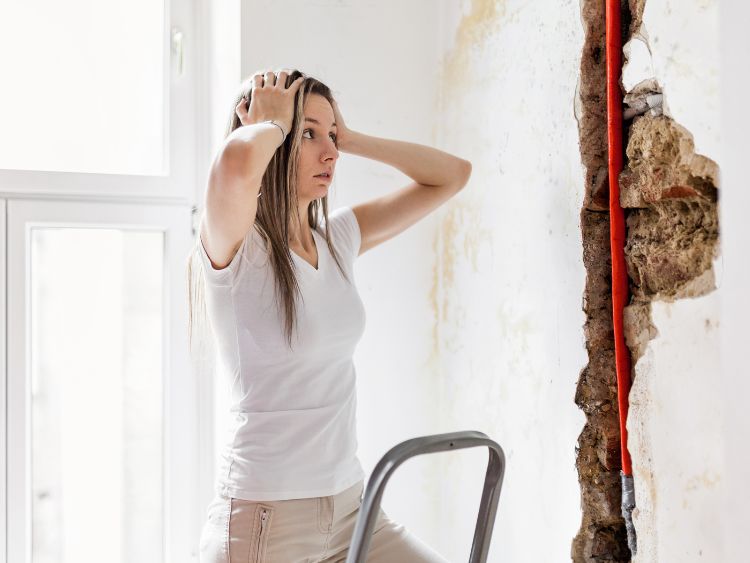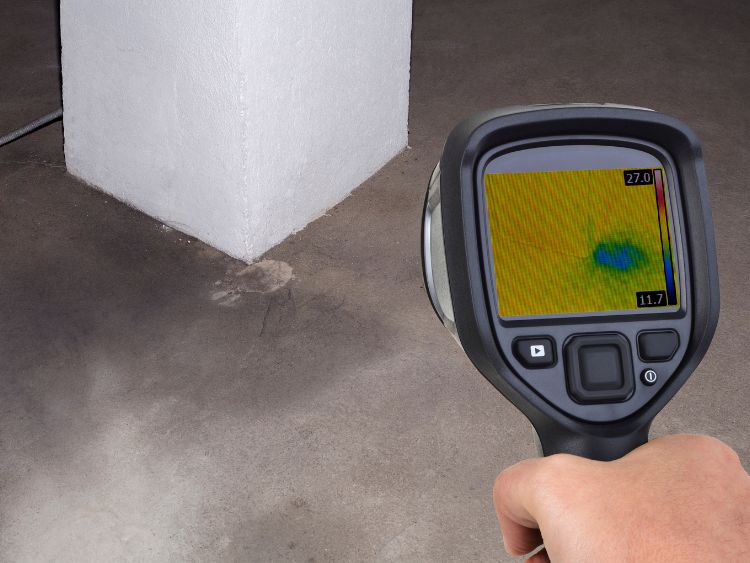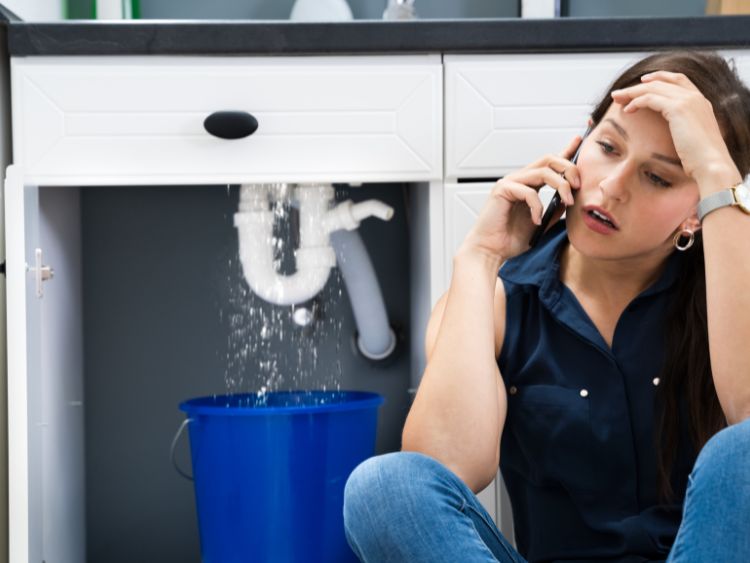If someone told you that plumbing would take you on a thrilling journey through time, you’d probably raise an eyebrow. But hang onto your wrenches, folks! This isn’t just about pipes and taps; it’s about human ingenuity and how civilizations grew and evolved. “The History of Plumbing: From Ancient Civilizations to Modern Innovations” is a tale of determination, creativity, and resilience. Let’s dive in!
A Trip Down the Drains of Time: Ancient Civilizations and Their Ingenious Plumbing Methods
The Mesopotamians: Pioneers in Water Management
- Zigzagging Canals: Mesopotamians built the first canals to transform arid landscapes into fertile fields.
- Clay Pipes: These pipes weren’t just laying around; they were the lifeblood of ancient cities, bringing fresh water and discarding wastewater.
“You can’t reinvent the wheel,” they say. Well, these folks didn’t need to—they were busy inventing plumbing!
The Romans: Masters of Aqueducts and Sewage Systems
When in Rome, do as the Romans do—and that means marveling at their sophisticated plumbing systems.
- Aqueducts: Stone structures that carried fresh water over vast distances, often using the power of gravity alone.
- Public Baths: Luxurious spaces, where citizens gathered, hinting at the significance of water in daily life.
Talk about making a splash in history!
Renaissance Rerouting: Evolution in European Plumbing
Castles and Their Secret Passages
Living in a castle wasn’t all it was cracked up to be, especially when it came to…relieving oneself.
- Garderobes: These were the lavatories that jutted out from castle walls. Think of them as medieval en-suite bathrooms, with a direct drop!
The Rise of Indoor Plumbing
By the 18th century, folks started to think, “Hey, maybe we don’t need to venture out in the cold for a midnight tinkle.” Thus, the first steps toward indoor plumbing began.
- S-shaped traps: Curved pipes that prevented sewer gases from entering homes. Handy, right?
Welcome to the Modern Era: Plumbing Innovations that Shape our World
The Flush Revolution
- The Water Closet: Innovated in the 19th century, it became a household staple. Now, just imagine life without it!
Piping Up with New Materials
- From lead to PVC: A transition that improved health and made maintenance a breeze.
Who knew that underneath our feet and within our walls, such innovation thrived?
Certainly! Plumbing, being one of the most essential infrastructures in modern society, offers a myriad of benefits. Let’s delve into some of the advantages associated with the evolution and innovation in “The History of Plumbing: From Ancient Civilizations to Modern Innovations”:
Benefits of Plumbing Evolution and Innovation:
- Promotion of Public Health:
- Modern plumbing systems help reduce the spread of diseases by managing waste effectively. Access to clean water directly correlates to healthier populations.
- Convenience & Comfort:
- Gone are the days of fetching water from wells or rivers. Indoor plumbing facilitates easy access to water for drinking, cooking, cleaning, and bathing.
- Environmental Conservation:
- Advancements in plumbing technology, such as water-saving fixtures and efficient sewage treatments, contribute to water conservation and reduced environmental impact.
- Economic Growth:
- A robust plumbing system boosts economies by creating jobs. Additionally, with efficient sewage and water systems, cities and towns can grow and thrive.
- Supporting Agriculture:
- Irrigation systems, which are an extension of plumbing innovations, have revolutionized farming. This has resulted in better crop yields and food security.
- Energy Conservation:
- Modern water heaters, especially those with energy-efficient ratings, utilize advanced technologies to provide hot water while consuming less energy.
- Home Value Increase:
- Homes equipped with modern plumbing systems and fixtures have a higher market value. They also appeal to potential buyers due to the reduced need for maintenance and repairs.
- Innovation in Waste Management:
- With innovations in plumbing, waste treatment has seen significant improvements. Modern sewage treatment plants ensure that waste is processed in an environmentally friendly manner.
- Reduction in Water Bills:
- The use of efficient plumbing fixtures, like low-flow toilets and sensor-driven taps, leads to significant savings on water bills.
- Safety & Cleanliness:
- Plumbing systems ensure that waste is transported away from residential areas, maintaining the cleanliness of surroundings and protecting communities from potential health hazards.
Frequently Asked Questions (FAQs)
- Did ancient civilizations understand sanitation? Absolutely! Many ancient societies recognized the importance of sanitation and developed systems to keep their communities clean and healthy.
- When did indoor plumbing become common? Indoor plumbing started to become more widespread in the late 19th and early 20th centuries, especially in urban areas.
- How have modern innovations impacted plumbing? Modern plumbing has embraced technology, with solutions like water-saving fixtures, smart home integrations, and more.
Conclusion
“The History of Plumbing: From Ancient Civilizations to Modern Innovations” isn’t just about how water reaches our taps. It’s a testament to how we, as a species, have continuously sought better ways to enhance our lives. Plumbing, in its essence, reflects our progress, from building monumental aqueducts to the silent, efficient systems that serve us today. So, the next time you take a sip of water or enjoy a warm shower, remember—you’re enjoying millennia of human innovation. Ain’t that something?


